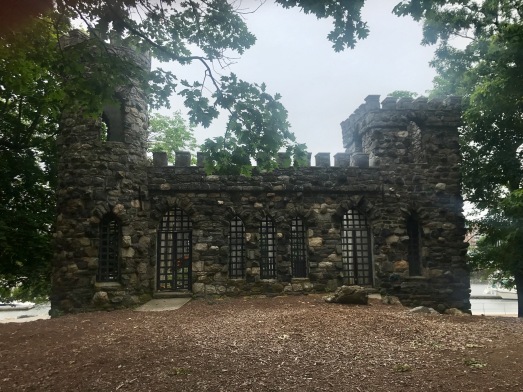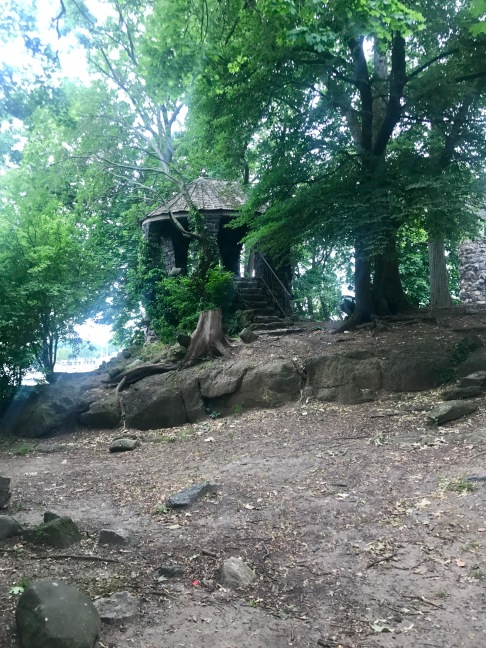Lyndhurst Mansion has had many famous residents from former New York City mayor William Paulding to railroad tycoon Jay Gould. However, I think the most interesting resident and owner was Anna Gould, Jay Gould’s daughter. A quick google search of Anna immediately links you to her glamorous life in Paris. Anna was referred to as a dollar princess—she was rather plain but she had a fortune attached to her following the death of her father, Jay Gould. However, Anna was far from plain and her story is one that deserves to be uncovered and heard.
Anna grew up primarily without any typical female figure in her life. Her older sister, Helen, married very late and their mother had passed. Historian Sara Mascia explains that a sister-in-law had to sponsor Anna into society before her wedding at age 19. She moved to Paris for her marriage, becoming a countess. She eventually divorced that husband as she felt he spent too much of her money and later married a Duke, who happened to be her first husband’s cousin—it was a bit weird, even for the times. In Paris, Anna became the perfect Parisian woman, according to Ingrid, my guide at the Defying Label exhibit currently at Lyndhurst. She was fashionable, thin, and constantly had portraits done. She was constantly striving to show that she, an American heiress, did belong in society as a French Duchess.

A photo of Anna next to her famous dress- she was known for her style in France
Leading up to World War II and following the death of her husband, Anna left France and returned to New York, renting an entire floor at the Plaza and buying back Lyndhurst from her older sister’s widower. She preserved the home impeccably, changing barely anywhere but her own bedrooms, which she wanted to be more Parisian.
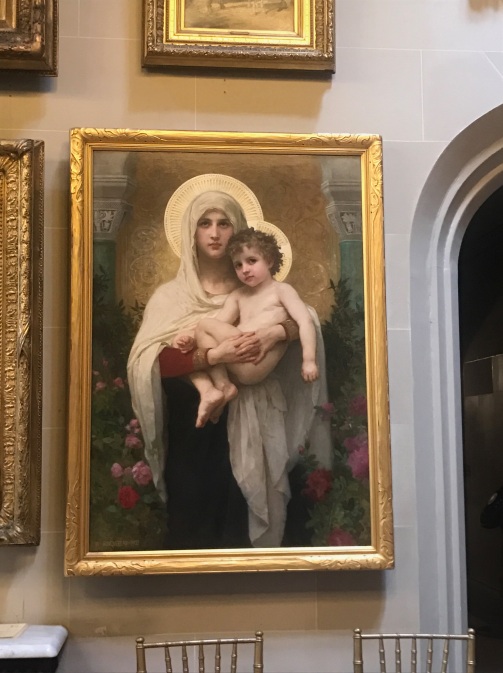
A painting Anna brought back from France for the art gallery
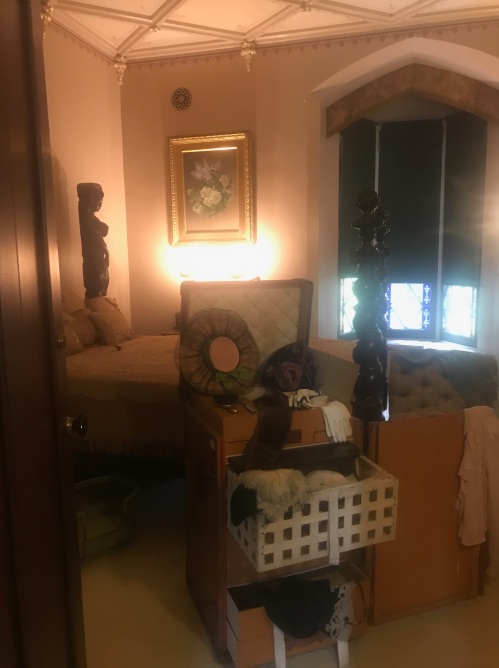
Anna’s childhood bedroom.
She kept the home open to the public, so that the community could enjoy its resources. She donated the home to become a historic site. She, while known as the selfish sister, is the reason why the stories of Lyndhurst continue to live on today.
Unfortunately, Anna’s story is the most hidden of any about Lyndhurst. On a tour, she is infrequently mentioned and her contributions to the home are often forgotten. Currently, the Defying Label exhibit gives Anna’s story light as it shows the outfits she wore after returning to America. These outfits give you an insight into Anna—yes, she was far more selfish than her sister, Helen and yes, she cared greatly about what the world thought of her. But, the cufflinks she gives her husband with her children’s faces on them and the outfits she gave to Helen show that there was far more to Anna Gould than the selfish, plain woman that meets the eye. Without Anna Gould, all of the stories of Lyndhurst would be forever hidden—she laid the groundwork so they could be uncovered so now, it’s time for her story to be uncovered.

Dresses Anna was commonly seen wearing following her return to New York
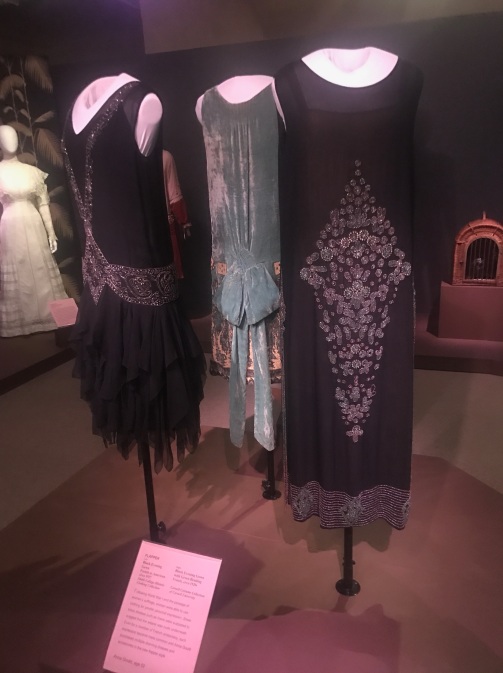
Anna embraced the flapper style dress













